FROM THE MARCH 29 EPISODE OF REAL TIME WITH BILL MAHER ON HBO/MAX
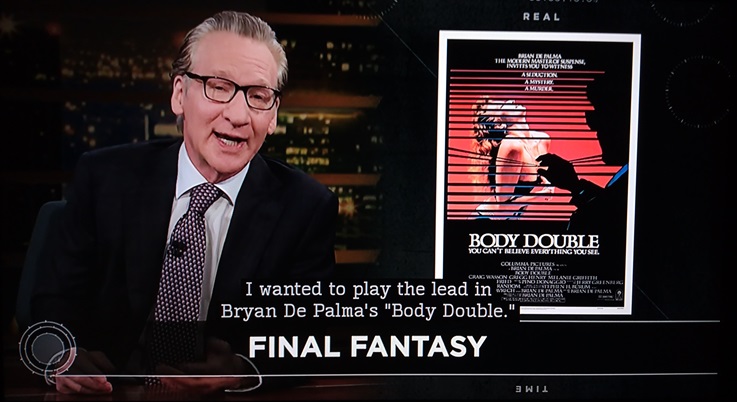
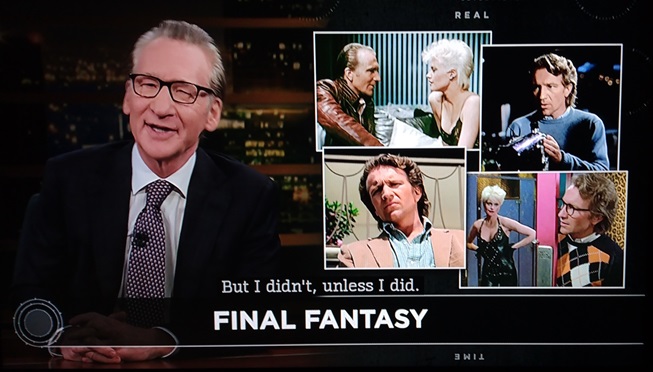


Thanks to Brett!
 Hello and welcome to the unofficial Brian De Palma website. Here is the latest news: |
|---|
E-mail
Geoffsongs@aol.com
-------------
Recent Headlines
a la Mod:
Listen to
Donaggio's full score
for Domino online
De Palma/Lehman
rapport at work
in Snakes
De Palma/Lehman
next novel is Terry
De Palma developing
Catch And Kill,
"a horror movie
based on real things
that have happened
in the news"
Supercut video
of De Palma's films
edited by Carl Rodrigue
Washington Post
review of Keesey book
-------------
Exclusive Passion
Interviews:
Brian De Palma
Karoline Herfurth
Leila Rozario
------------
------------
| « | April 2024 | » | ||||
| S | M | T | W | T | F | S |
| 1 | 2 | 3 | 4 | 5 | 6 | |
| 7 | 8 | 9 | 10 | 11 | 12 | 13 |
| 14 | 15 | 16 | 17 | 18 | 19 | 20 |
| 21 | 22 | 23 | 24 | 25 | 26 | 27 |
| 28 | 29 | 30 | ||||
De Palma interviewed
in Paris 2002
De Palma discusses
The Black Dahlia 2006

Enthusiasms...
Alfred Hitchcock
The Master Of Suspense
Sergio Leone
and the Infield
Fly Rule
The Filmmaker Who
Came In From The Cold
Jim Emerson on
Greetings & Hi, Mom!
Scarface: Make Way
For The Bad Guy
Deborah Shelton
Official Web Site
Welcome to the
Offices of Death Records




Thanks to Brett!
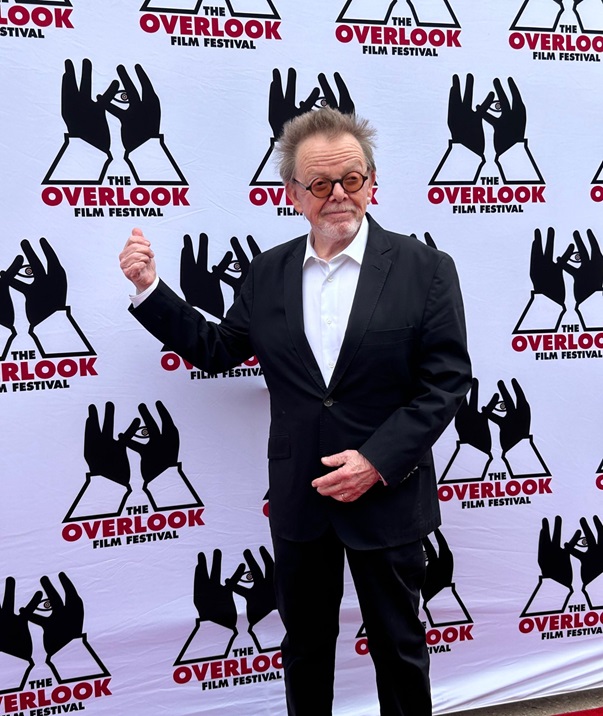
Despite the temptation of stepping away from new movies in favor of the Overlook’s impressive revival slate, which included a 10th anniversary screening of Oculus with Mike Flanagan in attendance followed by Lucio Fulci’s Louisiana-set The Beyond, there was one classic film I could not ignore. I ventured from the Prytania multiplex to the classic New Orleans theater that gave it the Prytania name—an Uptown institution for over a century that can be found in the pages of A Confederacy of Dunces—for a 50th anniversary screening of Brian DePalma’s Phantom of the Paradise followed by a Q&A with songwriter/star Paul Williams conducted by John Cameron Mitchell. It was a predictably memorable conversation, filled with behind-the-scenes stories and other tales from the height of Williams’ variety show-era stardom (including an anecdote about visiting New Orleans with Lee Majors while wearing a dog collar). The film remains as thrillingly weird as ever, but it also felt fitting to close out the Overlook’s 2024 incarnation with a film that defied categorization then and now and helped inspire those that followed to do the same.


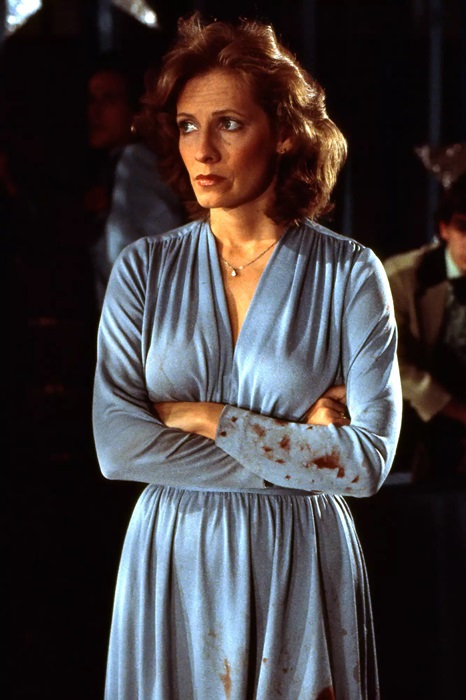
In the book, the gym teacher was named Rita Desjardin, but called Miss Collins in the movie. Future Broadway and Eight Is Enough star Betty Buckley played Miss Collins on screen. She also petitioned director Brian De Palma to let her character live!“I kept saying to him, ‘She shouldn't die. She didn't die in the book,’” Buckley, 76, tells PEOPLE. “And I'm like, ‘Seriously, Brian, don't kill Miss Collins off. Let her go to the end.’”
Unlike in the novel, which saw the gym teacher survive, Miss Collins becomes one of Carrie’s victims at the prom after Carrie is doused in a bucket of pig’s blood in a humiliating prank pulled by her chief tormenter Chris (Nancy Allen).
Furious and embarrassed, Carrie locks the doors of the school, trapping everyone inside while an electrical fire breaks out.
As chaos ensues, Miss Collins is crushed to death by a falling basketball backboard. “That was my first death scene. It was pretty classic,” says Buckley, who felt uneasy about filming it after seeing a stunt coordinator working on the movie get seriously injured.
The coordinator was doing another scene in which he was thrown in the air as one of Carrie's classmates who gets killed. “There was a mattress for him to land on, and they miscalculated the distance and he hit the ground and hurt himself badly,” recalls Buckley.
“So we all witnessed that and we’re like, ‘What? Are we in safe hands?” adds Buckley, who became nervous that she’d be injured, too.
Buckley’s character is pinned against a wall when the basketball backboard falls. The pendulum-like apparatus was on ropes, and Buckley says there was a piece of balsa wood that was supposed to prevent any injury to her: “That was the safety mechanism.”
“Oh, this'll work,” Buckley says she was told, but she was not entirely sure: “The terror you see from Miss Collins when that happened was absolutely real.”
Despite that, Buckley, who starred alongside Spacek, Allen, John Travolta, Amy Irving and William Katt in the film, loved making Carrie.
“We all had so much fun, and there were seven of us making our film debut, including John Travolta,” she says. “And the group of us were just so excited to be doing it. Sissy Spacek had done some films, and so she was a veteran, all chill and everything. And the rest of us were like, ‘Oh, Hollywood, we're so excited to be here!’”
In “On Writing,” Stephen King’s nonfiction account of his career, he talks about a girl he calls Dodie Franklin. She attended his high school and, he recalls, was often bullied for wearing the same clothes every day. In their sophomore year, on the first day back after Christmas vacation, she came to school wearing newly fashionable clothes with a trendy hairstyle — but the bullying and teasing never stopped. “Her peers had no intention of letting her out of the box they’d put her in,” Mr. King writes. “She was punished for even trying to break free.”The realization that nothing could change Ms. Franklin’s social standing, coupled with a few more unfortunate examples of young women he knew, helped inform a story about a bullied girl with telekinetic powers who is pushed to her limits and who wreaks brutal revenge on her classmates and, eventually, her abusive mother. “Carrie,” Mr. King’s first published novel, was released 50 years ago, in 1974.
There have been many iterations of “Carrie” since. Horror enthusiasts will recall the classic film directed by Brian De Palma and released in 1976; there have been several remakes, most recently one in 2013 starring Chloë Grace Moretz. There was an ill-fated stage adaptation, “Carrie: The Musical,” which the TV show “Riverdale” once paid homage to. Many things have changed in the half-century since Mr. King’s novel was published, yet Carrie White remains a strikingly relevant and highly relatable figure. She raged her way to a place in pop culture’s pantheon. But why? I first read “Carrie” as a nerdy, horror-enthused 14-year-old growing up in Sri Lanka. At the library of the Christian school I attended, Mr. King’s books were extremely hard to come by, so when I saw a copy at a friend’s house, I was quick to borrow it. I vividly remember being drawn to Carrie’s wide-eyed gaze on the cover, blood trailing from her forehead and dripping down her chin. “Nobody was really surprised when it happened,” it reads in the opening pages. “Not really, not at the subconscious level where savage things grow.” I was hooked. What did Mr. King mean by “savage things”? I didn’t realize then that I would spend so much of my adult life thinking about this very question.
I’ve reached for “Carrie” many times since, and my relationship with the story has continued to shift and evolve. Like most teenagers, I suppose, I initially reacted to Carrie’s story with pure horror; I was mortified by the way she was teased, repulsed by the pig’s blood that gets dumped over her at prom and fascinated by the death and destruction she wrought in retaliation. In my 20s, when I revisited the novel, the horror I felt at her tale turned to something closer to sympathy. By that point, I’d moved from Colombo to California to Britain and then back to my hometown in Sri Lanka and had chalked up enough life lessons to understand Carrie’s suffering in a different way. Now, as a woman in my 30s, I no longer see Carrie as simply a victim to be pitied. I’ve learned to relish her rage. Her anger has inspired much of my own fiction writing and, more important, has taught me that anger, when channeled, can be an asset. This truly hit home for me in July 2022, when I joined thousands of protesters in Colombo marching against corruption and the economic mismanagement of the country’s leaders. Years of feeling powerless finally erupted. We were all angry, of course, but we used our rage as fuel.
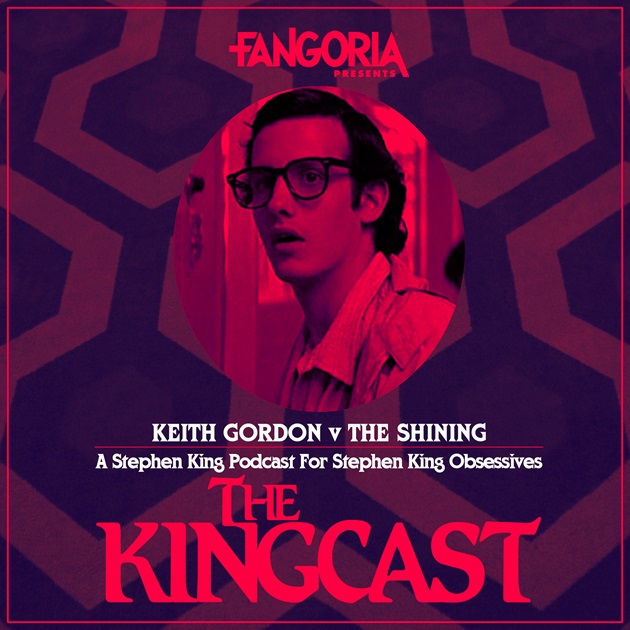
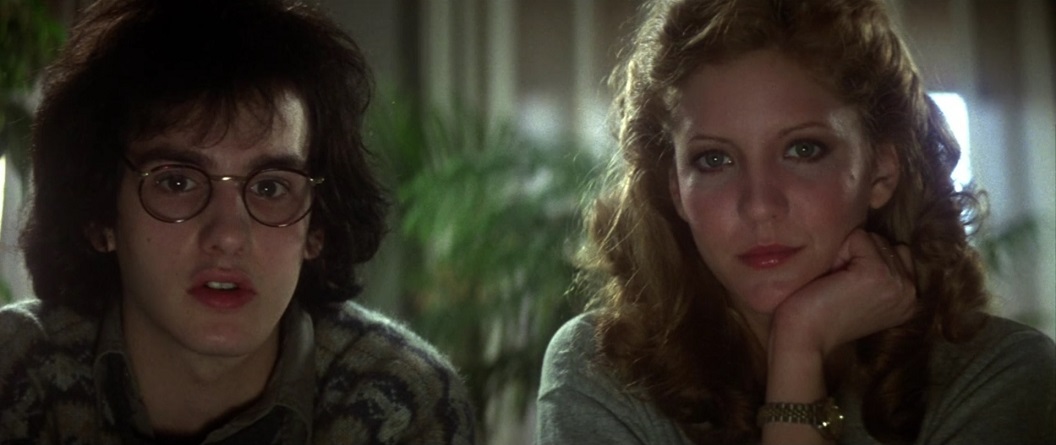

A film about a principled artist who must sell his soul to the devil and immediately regrets it? It’s easy to see Phantom of the Paradise as an arrow fired by one of New Hollywood’s great directors to the executives that fund his work, but it’s not a simple act of youthful rebelliousness. Winslow, perhaps a stand-in for De Palma, despises the glitz and glam of Swan’s world, but when he burns his face in a bizarre record-pressing incident, he dons makeup and a mask in order to become the phantom. It’s a fascinating comment on how show business can make a principled artist become what he despises, even as he rejects it.Despite his pointed critique (and self-critique), there’s a softness in De Palma’s perspective that sets him apart from his more accomplished peers. While Martin Scorsese was fantasizing about being a New York tough guy in in Mean Streets, and Steven Spielberg was examining his own masculinity in Duel and Jaws, De Palma made a film about a man consumed by unrequited love, and its profound vulnerability is supported by the androgyny of its male characters. Before his accident, Winslow is just a gangly, goofy loner who wears his crush on his sleeve. Swan, as played by Williams, is small and effete, with shades of Truman Capote. Then there’s Beef (Gerrit Graham), who Swan first hires to replace Winslow. There’s a corollary to Rocky from Rocky Horror, another muscle-bound object of desire who confronts hetero-normies with their unspoken urges. He also looks a bit like Michelangelo’s David, if he were covered in glitter and given an endless supply of cocaine.
De Palma is having such fun poking at our vulnerable spots, however, that these questions and contradictions don’t really feel explored. They are raised, embodied, and then swept into the film’s audacious style. As in most of the director’s work, there are betrayals, murders, and sexual longing, but unlike the rest of his work, there are few moments of restraint here. De Palma plunges headfirst into his fantasia of music and mayhem and doesn’t really let up until the credits roll. It’s a near-psychedelic experience built not on freaky visual effects but on pure passion and unadulterated artistry. It might be mind-blowing if viewed under the right, umm, conditions, but even the straitlaced freaks among us are likely to fall under its magic spell.

Can’t get your fill of Columbo? Then sink your teeth into 19 adventures that the show almost filmed.From the author of the best-selling Shooting Columbo comes this unique, behind-the-scenes peek at the un-making of episodes that were shot down—and why.
Discover the early 1970s tales by “murder consultant” Larry Cohen and by a young, pre-Carrie Brian De Palma… the aborted pilot for Mrs. Columbo that was reimagined for Columbo… as well as the unmade masterpiece that Peter Falk desperately wanted to close out the series with as his final case. Find out why he never got the chance.
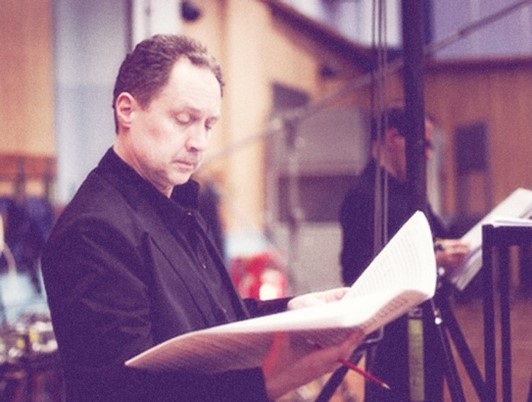
The Black Dahlia (2006)Director: Brian De Palma
Composer: Mark Isham
Engineer: Simon Rhodes“I select music that I think will inspire the composer for that theme. Some composers don't want you to do that at all. Some composers don't want you to put temp tracks in, and you have to describe the music or say “it should be a little like Mahler's 3rd” or “a little of Puccini here,” you sort of describe the music to them and they go off. Morricone was like that, Herrmann was like that. But some people like you to give musical suggestions and I give them very clear musical ideas of what I had in mind.” - director Brian De Palma
The Black Dahlia is film noir crime thriller directed by Brian De Palma based on the 1987 novel of the same name. Both book and film are inspired by the heavily sensationalised media coverage of the gruesome murder of Elizabeth Short in Los Angeles 1947. It stars Josh Hartnett and Scarlett Johansson with the music provided by distinguished New York session player turned composer Mark Isham. The highly anticipated release, after the success of film noir hit LA Confidential, is currently the renowned director's last big Hollywood studio project after the film tragically flopped at the box office.
I have been a fan of Isham since his compelling and gritty score for the 1988 hidden gem The Beast. The criminally underrated composer collaborating with the innovative director of Carrie, Scarface and Carlito’s Way was always going to grab my attention. Apparently, James Horner was originally hired to score the project but for reasons unknown Mark Isham was brought in to replace Horner at the last minute. Isham has a rather splendid background in jazz and is a tremendously skilled trumpeter, making him a savvy choice to match the atmospheric and beautifully shot neo-film noir setting.
The score opens with a sliky-smooth trumpet solo performed by Isham that establishes the musical voice of Josh Hartnett’s character. This opening sets the scene for a gorgeous mixture of jazz, blues, driving rhythms, irregular strings and fully orchestrated actions cues. The overall effect of the score is emotionally complex and a rewarding listening experience. Both the movie and music give a modern twist on an authentic film noir experience. It’s a fine moment in Isham’s career, it just oozes class and is one of his best scores to date.
“I build up my templates, and then along the way, ideas will presumably start flashing in front of me and I very quickly try to get them down. I don't necessarily worry about making them fit the picture or how long or short they are. If there's a good kernel of an idea, you just want to get it down. I’ll end up with maybe 20 different ideas all sketched out as a starting place.” - Mark Isham